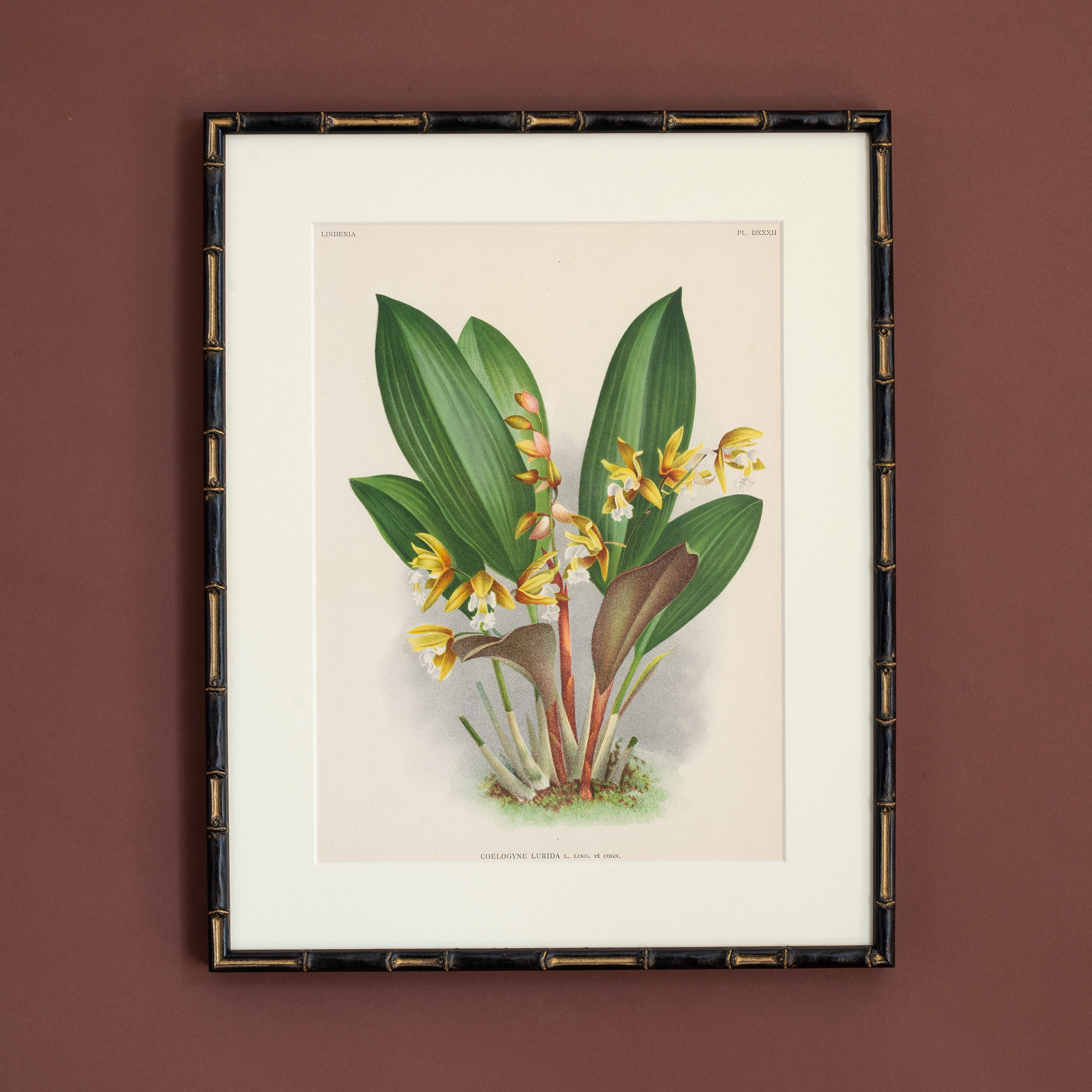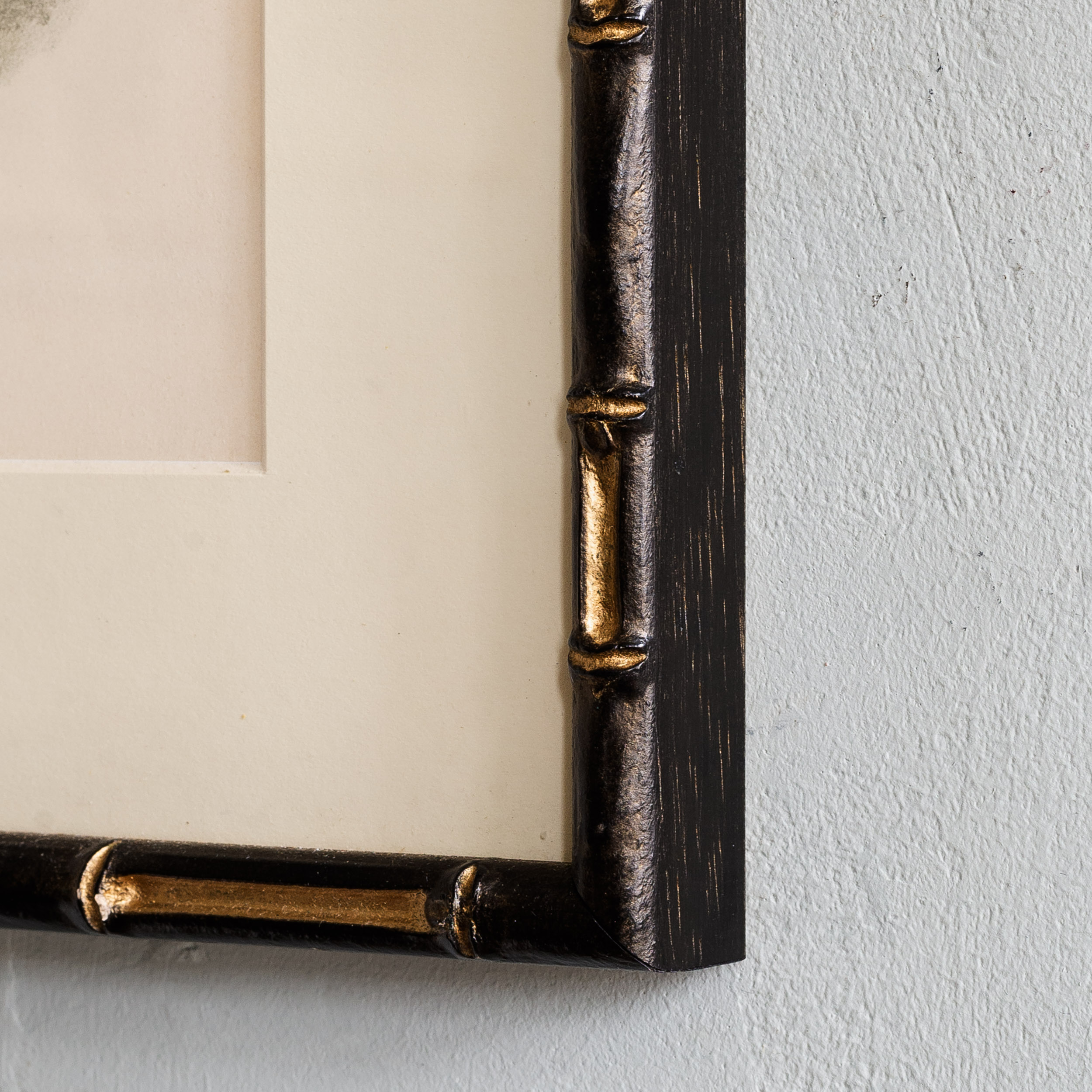Linden Botanicals, Coelogyne Lurida,
L’Illustration Horticole, was a monthly horticultural review, founded in 1854 in Ghent, Belgium, by Ambroise Verschaffelt, a nurseryman who specialised in new plant introductions from South America. The lavish illustrations were produced by some of the very best botanical artists and lithographers – A. Goosens, P. De Pannemaeker and J. Goffart. The L’Illustration Horticole although founded by Jean Jules Linden (1817 – 1898) became a collaborative effort of many great horticulturists and field botanists of the day. Jean Linden in his own right was a renowned orchid grower and collector. Each monthly edition featured chromolithograph of botanical prints. Plants such as orchids, camellias, roses and leafy plants such as ferns and palm trees were represented. The magazine’s scope included pictures, descriptions, the history and culture of “the most remarkable plants,” new introductions, horticultural history, botanical expeditions, and accounts of the major expositions and of new works on botany and horticulture as well as garden descriptions and layouts.
£175 each
In stock
Published in Ghent c1875 for Linden’s L’Illustration Horticole. Mounted in cream and framed in faux bamboo.
Recently Viewed Items
-
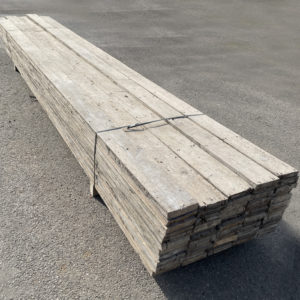
Reclaimed 5 1/4″ Victorian pine floorboards (30.8 sqm ex Atlantic House, Kensington),
£2,700 inc. VATReclaimed 5 1/4″ Victorian pine floorboards (30.8 sqm ex Atlantic House, Kensington),
Square-edged in a mixture of good lengths up mostly 3.4 to 4.3m (many at 4.3m long). Board width 13 and 13.5cm - lay in courses. Thickness 28mm.£2,700 inc. VAT -
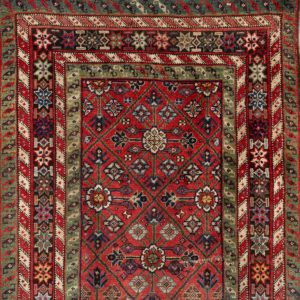
Persian Hamadan runner,
£775 -
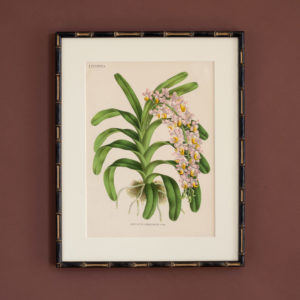
Linden Botanicals, Aerides Reichenbachi,
£175 eachLinden Botanicals, Aerides Reichenbachi,
L’Illustration Horticole, was a monthly horticultural review, founded in 1854 in Ghent, Belgium, by Ambroise Verschaffelt, a nurseryman who specialised in new plant introductions from South America. The lavish illustrations were produced by some of the very best botanical artists and lithographers – A. Goosens, P. De Pannemaeker and J. Goffart. The L’Illustration Horticole although founded by Jean Jules Linden (1817 – 1898) became a collaborative effort of many great horticulturists and field botanists of the day. Jean Linden in his own right was a renowned orchid grower and collector. Each monthly edition featured chromolithograph of botanical prints. Plants such as orchids, camellias, roses and leafy plants such as ferns and palm trees were represented. The magazine’s scope included pictures, descriptions, the history and culture of “the most remarkable plants,” new introductions, horticultural history, botanical expeditions, and accounts of the major expositions and of new works on botany and horticulture as well as garden descriptions and layouts.£175 each -

The Blackheath Golfer
£395The Blackheath Golfer
A framed colour mezzotint on wove paper by Valentine Green after a painting by Lemuel Abbott showing William Innes (1760-1803) captain of the Society of Golfers at Blackheath, now known as Royal Blackheath Golf Club.£395

